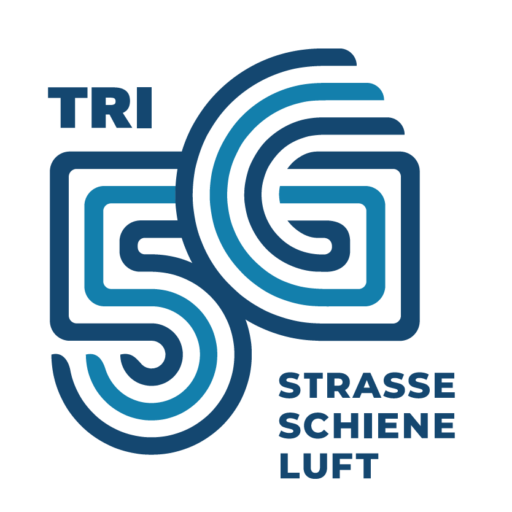Leipzig, a growing city with strong trimodal infrastructure and growing digital value chains
At the turn of the millennium, Leipzig became the German city with the highest percentage of population growth. The upheaval was based on a sustainable economic and structural change, which resulted in a region with state-of-the-art infrastructure. The Schkeuditzer Kreuz interchange connects the A9 freeway (Munich-Berlin) with the A14 east-west link. At the freight traffic center near the airport Leipzig/Halle, the cargo handling of the rail logistics takes place. This led to the settlement of large corporations as well as predominantly medium-sized suppliers, which are concentrated in the immediate vicinity in the northern area of Leipzig. The cargo airport together with the express hub is the world’s largest and most modern transshipment hub in DHL’s network. This air freight hub has a European and even international significance for the Leipzig/Halle region. Today, it is a pioneering region with 35,000 employees and a potential of more than 300 ha. expansion area.
Use Cases

A total of 14 use cases are being investigated in the Tri5G reallab in the categories “Connected Driving”, “Automated Drones” and “Tracking, Monitoring, IoT & Maintenance”.
Use Case 1: Autonomous shuttle bus
A highly automated electric minibus approved for up to 50 km/h is being tested in public road traffic as a development and validation platform in a 5G environment. The focus of the study is on maneuver-based remote vehicle control, Car2X communication and cloud-based networking with the infrastructure.
Performing Partner: LVB, DHL, BMW

Use Case 2: Auto trailer
The use case examines the implementation of autonomously driving trailer tractors for the positioning of trailers at direct delivery gates. The focus is on inter-plant transports of goods between the BMW plant and suppliers.
Performing Partner: BMW

Use Case 3: Electronic Maintenance Book
At the Leipzig air cargo hub, broadband transmission of electronic maintenance data is being investigated. The hoped-for output relates to shortening aircraft turnaround times by transmitting large data packets at high speed. For example, notifications of defects, parts procurement requests, assignments, planning of work, and others will be transmitted in real time.
Performing Partner: DHL

Use Case 4: Visual Drone Inspection
The inspection of the aircraft skin for damage often involves an immense amount of time in the day-to-day operations of airlines and can severely delay other logistical processes. By flying drones with high-resolution cameras in the hangar, AI-assisted analysis of drone images can promote accelerated decision support among employees, greatly shortening the inspection process time.
Performing Partner: DHL, IWI-University of Leipzig
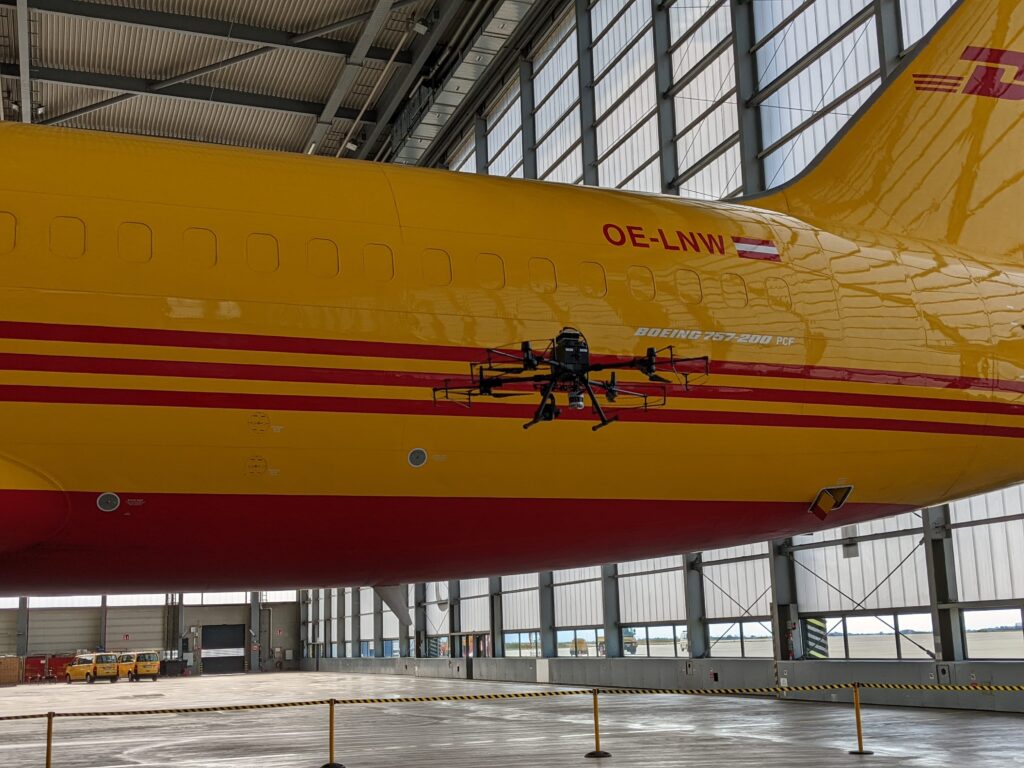
Use Case 5: Smart Glass Remote Maintenance
The aircraft maintenance process often requires the expert knowledge of specialists who are located thousands of kilometers away. Thanks to digital communication through AR technology, the technician at the object and the remote specialist can look together at the facts of the inspection. This type of remote maintenance via 5G enables the person performing the work to discuss the matter with the specialist with his or her hands free via video call and to repair the damage in a cooperative manner.
Performing Partner: DHL, IWI-University of Leipzig

Use Case 6: Data transmission from the rescue vehicle for telemedical assessment
ICCAS is investigating the encrypted transmission of patients’ vital signs during rescue missions, which enables specialists to visualize them simultaneously on a dashboard in the hospital to be approached. The use case investigates the implementation of telemedicine as well as functions for automated analysis and evaluation of signal quality and stability.
and stability.
Performing Partner: ICCAS-University of Leipzig

Use Case 7: Automatic analysis of patient-specific data
In the use case, the ultrasound segmentation and fusion of ECG and ultrasound image data from the ambulance into a local network with a cloud are investigated. The focus is on the evaluation and optimization of latency-enhanced MEC image data fusion and remote control of the ECG and ultrasound device.
Performing Partner: ICCAS-University of Leipzig
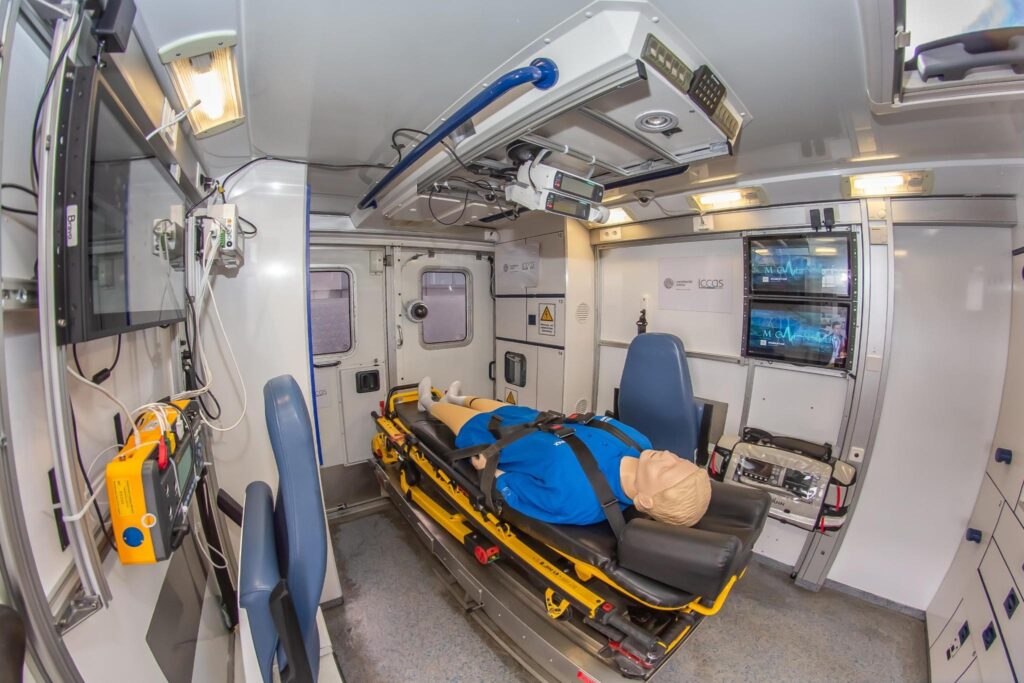
Use Case 8: Valet Parking
At the core of this use case is the automation of driving operations within the airport’s parking facility. This includes the equipment and installations of the necessary sensors, including the software, which enable wireless transmission of driving commands in real time through AI-based perception and path planning. Parking operations should thus be simplified and shortened, and increased space utilization achieved.
Performing Partner: Kopernikus, Airport Leipzig/Halle

Use Case 9: Automated offset driving in winter service
The snow clearing of airside areas at commercial airports by means of platooning machines driving in an automated staggered manner offers a promising approach for time-critical winter maintenance. Existing vehicle technologies and solutions are tested in a 5G environment, which enable event- and result-oriented interaction with other vehicles or in the event of spontaneous changes.
Performing Partner: Airport Leipzig/Halle
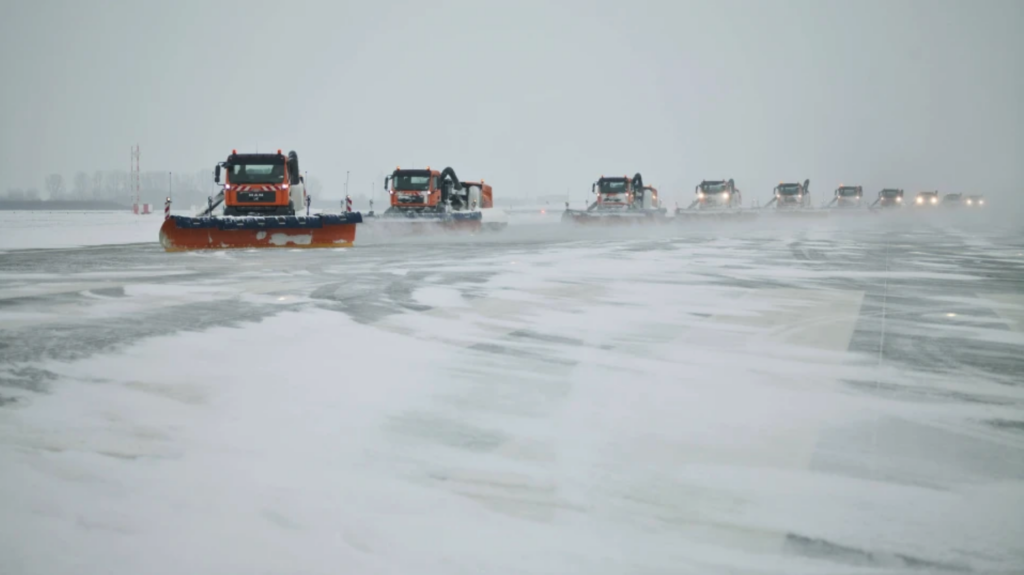
Use Case 10: Fence monitoring
The monitoring of high-security fences is time-consuming and personnel-intensive. The goal of this use case is therefore to test fence monitoring around Leipzig/Halle Airport using high-resolution 4K cameras by AI-supported robots. The focus is on learning the routes and environmental variables along the route as well as semi-automated recording and encrypted transmission of image data via 5G technology.
Performing Partner: DHL, Airport Leipzig/Halle, IWI-University of Leipzig, ICCAS-University of Leipzig
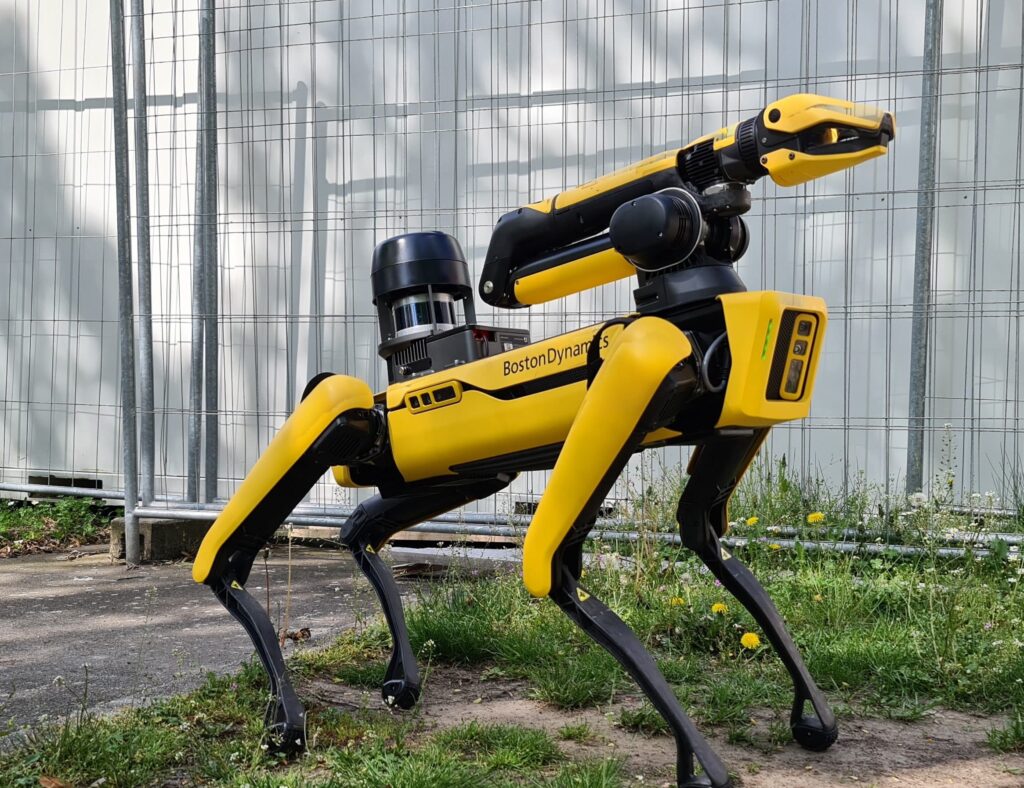
Use Case 11: Real-time position determination, prioritization of the cargo units
Due to the immense size of the airport apron at the DHL hub, real-time position determination of the countless loaded means of transport appears to be beneficial. In this use case, the transmission of data for position determination to an IoT platform and the prioritization of the cargo units based on their contents are investigated.
Performing Partner: DHL, IWI-University of Leipzig

Use Case 12: Smart Sensor Technology
In this scenario, the correct logistics and storage (including control of temperature and humidity) of freight is monitored and ensured by means of sensors in the IoT.
Performing Partner: DHL, IWI-University of Leipzig

Use Case 13: Mobiles Gateway
The use of a mobile gateway with an integrated MEC component is to be tested on the DHL Hub. The extremely low latency due to local data transmission enables the processing of large amounts of data in real time.
Performing Partner: DHL

Use Case 14: Broadband applications for service providers
The BMW plant in Leipzig provides broadband applications for its service providers on the plant grounds. The goal of this use case is to avoid and prevent production disruptions and possible delays in logistics.
Performing Partner: BMW

